Search Projects
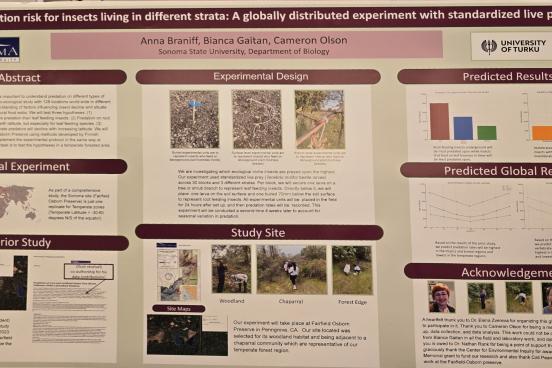
Spring 2025
Team: Anna Braniff, Bianca Gaitan, Cameron Olson
Faculty: Nathan Rank, Elena Zvereva
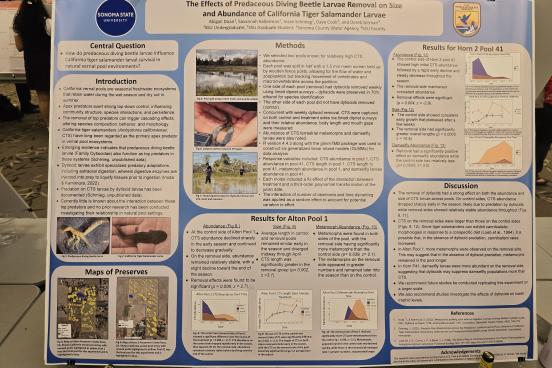
Spring 2025
Team: Abigail Doan, Savannah Kellerman, Jesse Schmieg, Dave Coo
Faculty: Derek Girman

Spring 2025
Team: Katrina Rivinius, Melissa Rodriguez, Madison Stein
Faculty: Dr. Nicholas Geist

Spring 2025
Student: Abrea Tillman
Faculty: Kyuho Lee
Spring 2025
Team: Eileen Parent
Faculty: Wendy St. John
Spring 2025
Team: Eriberto Salgado, Bastien Favie-Besse
Faculty: Nansong Wu, Ph.D

Spring 2025
Team: Hale Garcia-Dean, Beth Day, Monica Mendia, Jesse Schmieg, Jeff Wilcox, Dan Crocker and Derek Girman
Departments: Sonoma State University, Sonoma Mountain Ranch Preservation Foundation
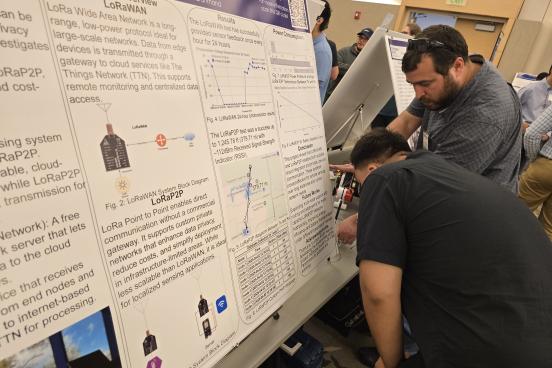
Spring 2025
Team: Eriberto Salgado
Faculty: Farid Farahmand
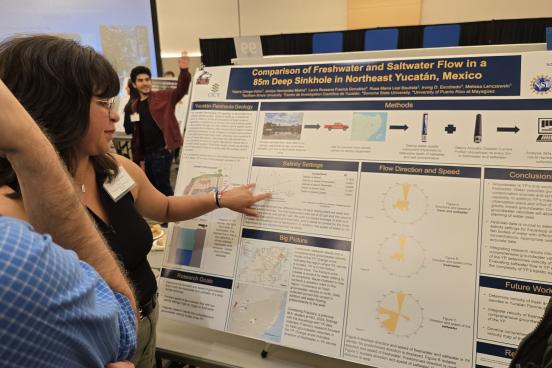
Spring 2025
Team: Yajaira Ortega-Vidrio, Jarelys Hernandez Molina, Laura Rossana Fracica Gonzàlez, Rosa Maria Leal Bautista, Irving D. Escobedo, Melissa Lenczewski
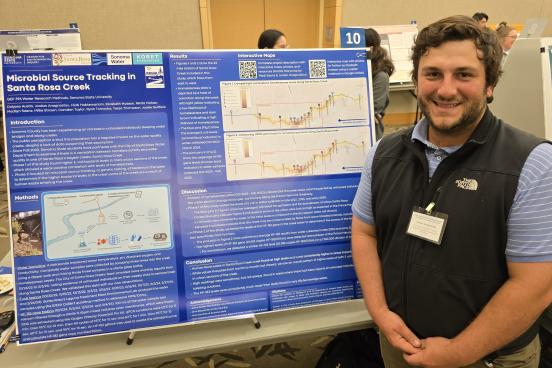
Spring 2025
Team: Calypso Austin, Jordan Anagnostou, Hiab Habtemariam, Elizabeth Hudson, Nikita Mohan, Madilyn Saenz, Millie Strawn, Camden Taylor, Ryan Tomooka, Tessa Thompson, Jackie Guilford.
Department: GEP 396 Water Research Method

